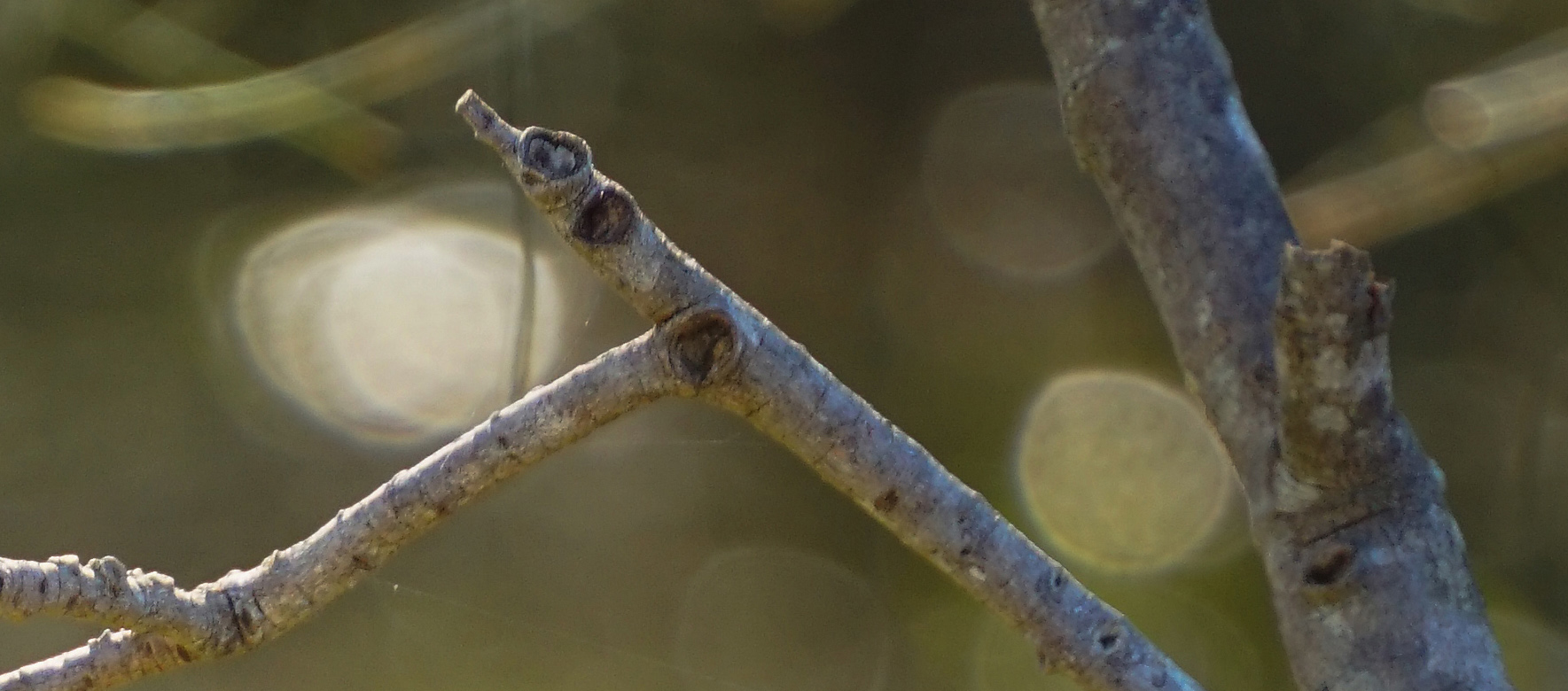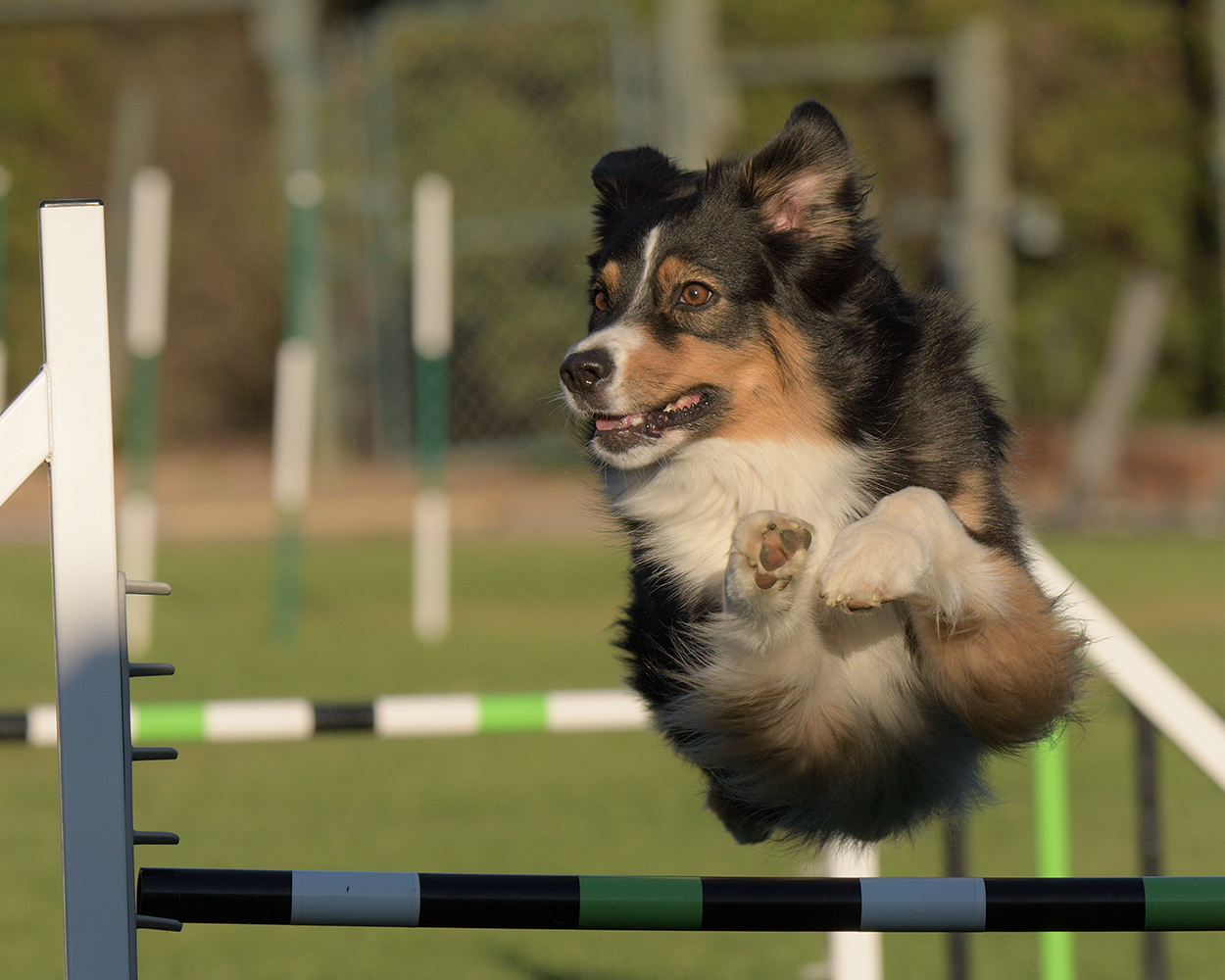I've been doing a lot of dog photography, specifically shooting agility practice at my girlfriend's relatively advanced lessons with her dogs and other student's dogs. It's all good fun, for me anyway, and they appreciate getting "nice" photos of their dogs in action.

Anyway, that's the context, and now the reason for this post. In the example I just provided there was a lot of cropping because the Nikon AF-S NIKKOR 70-200mm f/2.8G VR I was using was maxed out at 200mm, so I'm switching the camera I use on my Tamron 150-600mm g2 lens from my D500 to my D850, and now I have an issue with covering FOV wider than 150mm on the FX camera with a lens for my D500. Theoretically, I need a good zoom lens that goes up to 100mm (more would be better, but absolute overlap can be made up with some cropping). I have a very nice Sigma Art 50-100mm f/1.8, but the AF motor isn't up to the task (not even close).
At the extreme, during pre-lesson practice, I've been using my Nikon AF-S NIKKOR 24-70mm f/2.8G (non-VR version) which I got mainly for its AF performance and these sort of shots:

The above was 34mm using my D500. I'm going to try a Nikon AF-S DX NIKKOR 18-140mm f/3.5-5.6G VR, which sounds like it's going to accomplish the task (testing will tell), and in the meantime I do have a Nikon AF-S DX NIKKOR 16-85mm f/3.5-5.6G VR. While all of this could be moot, and the AF performance of the DX lenses under the conditions I'm going to use them in is going to be the most critical factor (otherwise, the Sigma 50-100 would be a no-brainer during the lesson shots), I was curious about filling the existing gap so I did a little image quality testing today using what I have.
All of this brings me to the point of this thread, and my apologies for the lengthy set-up. For sharpness the 24-70mm at 70mm beats the 16-85mm at 85mm shooting at f/5.6, but that doesn't tell the whole story. As I was looking at the comparison of the three options I have at about 20 feet (or about 6.5 meters) I noticed the whole bokeh/background blur issue became relevant (to my eyes anyway).

From left to right: my 24-70mm, my 16-85mm, and my 150-600mm choices. The actual focal length and apertures are inputted into the calculators and show the diameter of the lens pupil below each crop (all resized to match the 100% crop on the left). This is why I'm hoping the 18-140mm can prove useful from around 50mm to past 100mm at f/5.6, and I expect to know more within the next couple of weeks – so more to come. In the meantime, I welcome any feedback or insights.





